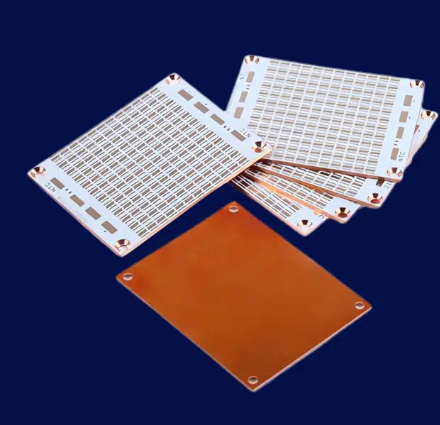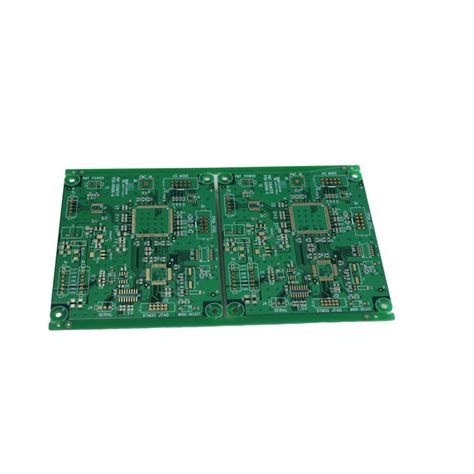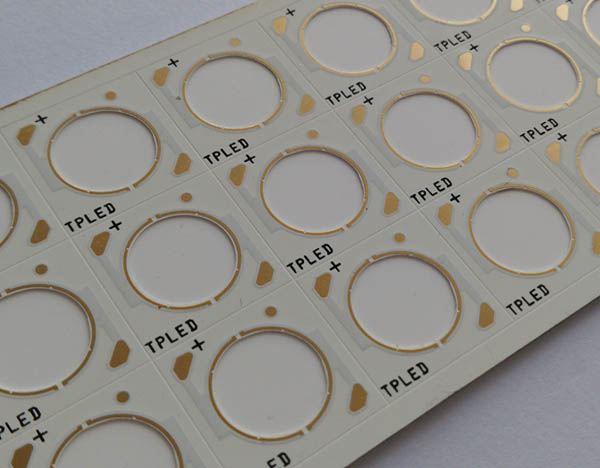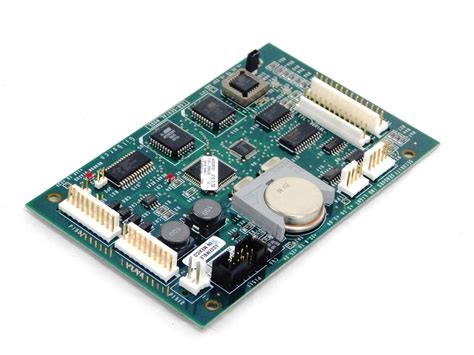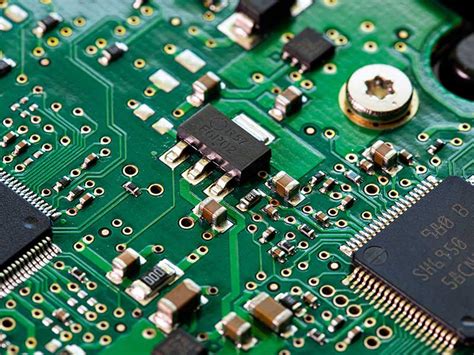What is metal core welding
Introduction To Metal Core Welding: Basics And Benefits
Metal core welding, a subset of gas metal arc welding (GMAW), is a process that has gained significant traction in various industrial applications due to its efficiency and versatility.
This welding technique employs a tubular wire filled with metallic powders, which enhances the welding process by improving deposition rates and overall weld quality. Understanding the basics and benefits of metal core welding is essential for professionals in the field, as it offers numerous advantages over traditional welding methods.
To begin with, metal core welding utilizes a consumable electrode that is continuously fed through a welding gun.
The core of this electrode is filled with metallic powders, which can include iron, manganese, and other alloying elements. These powders serve multiple purposes, such as stabilizing the arc, reducing spatter, and enhancing the mechanical properties of the weld. The outer sheath of the wire is typically made of mild steel, which melts and fuses with the base material to form a strong, cohesive bond.
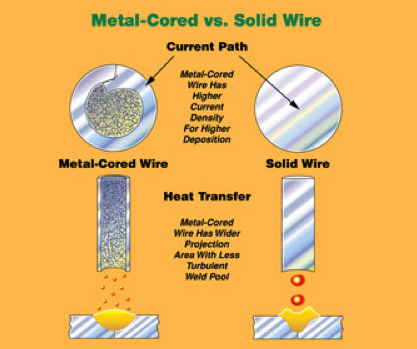
One of the primary benefits of metal core welding is its high deposition rate.
The metallic powders within the core contribute to a more efficient transfer of material to the weld pool, resulting in faster welding speeds and increased productivity. This is particularly advantageous in high-volume manufacturing environments where time and efficiency are critical factors. Additionally, the reduced spatter associated with metal core welding minimizes the need for post-weld cleaning, further streamlining the production process.
Another significant advantage of metal core welding is its ability to produce high-quality welds with excellent mechanical properties.
The metallic powders in the core can be tailored to achieve specific alloy compositions, which can enhance the strength, toughness, and corrosion resistance of the weld. This makes metal core welding suitable for a wide range of applications, from automotive and aerospace industries to construction and heavy equipment manufacturing. Moreover, the process is highly adaptable and can be used on various materials, including carbon steel, stainless steel, and high-strength low-alloy steels.
Transitioning to the operational aspects, metal core welding is known for its ease of use and operator-friendly characteristics.
The process produces a stable arc with minimal spatter, which simplifies the task for welders and reduces the likelihood of defects. Furthermore, the continuous wire feed system allows for consistent and uniform welds, even over long distances. This consistency is crucial in maintaining the structural integrity of welded components, especially in critical applications.
In addition to its operational benefits, metal core welding also offers environmental advantages.
The reduced spatter and slag formation result in less waste material, contributing to a cleaner and more sustainable welding process. Moreover, the use of metallic powders can reduce the reliance on additional filler materials, further minimizing resource consumption.
In conclusion, metal core welding stands out as a highly efficient and versatile welding technique that offers numerous benefits over traditional methods. Its high deposition rates, superior weld quality, and ease of use make it an attractive option for various industrial applications. As industries continue to seek ways to improve productivity and quality while minimizing environmental impact, metal core welding is poised to play an increasingly important role in the future of manufacturing and construction. Understanding the basics and benefits of this process is essential for professionals looking to leverage its advantages in their respective fields.
Techniques And Best Practices In Metal Core Welding
Metal core welding, a subset of gas metal arc welding (GMAW), is a technique that utilizes a tubular wire filled with metallic powders. This method is particularly advantageous for its ability to combine the high deposition rates of flux-cored arc welding (FCAW) with the cleaner welds of solid wire GMAW. The process is highly efficient and is often employed in industries where productivity and weld quality are paramount, such as in the construction of heavy machinery, automotive manufacturing, and shipbuilding.
One of the primary techniques in metal core welding involves the use of a constant voltage power source, which ensures a stable arc and consistent weld quality.
The metal core wire, when fed through the welding gun, melts and deposits metal into the weld joint. The metallic powders within the core enhance the weld properties by providing additional alloying elements, which can improve the mechanical properties of the weld, such as tensile strength and toughness. This makes metal core welding particularly suitable for applications requiring high-strength welds.
To achieve optimal results in metal core welding, several best practices should be adhered to.
Firstly, proper selection of the metal core wire is crucial. The wire should be chosen based on the base material being welded and the desired properties of the final weld. For instance, wires with higher alloy content may be selected for applications requiring enhanced corrosion resistance or higher strength.
Another important practice is maintaining the correct welding parameters.
This includes setting the appropriate voltage, current, and travel speed. These parameters must be finely tuned to ensure a stable arc and to prevent common welding defects such as porosity, spatter, and incomplete fusion. Additionally, the use of shielding gas, typically a mixture of argon and carbon dioxide, is essential to protect the weld pool from atmospheric contamination and to stabilize the arc.
Pre-weld preparation is also a critical aspect of metal core welding.
The surfaces to be welded should be clean and free from contaminants such as oil, rust, and mill scale. Proper joint design and fit-up are equally important to ensure good penetration and fusion. In some cases, preheating the base material may be necessary, especially when welding thicker sections or materials with high carbon content, to prevent issues such as cracking.
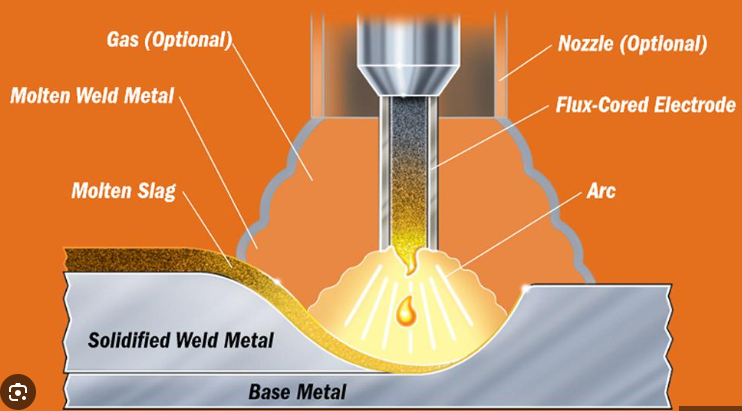
During the welding process, maintaining a consistent technique is vital.
The welder should employ a steady hand and maintain a consistent travel speed and angle. This helps in achieving uniform bead appearance and penetration. Post-weld inspection is another best practice that should not be overlooked. Visual inspection, along with non-destructive testing methods such as ultrasonic testing or radiography, can help identify any defects that may compromise the integrity of the weld.
In conclusion, metal core welding is a highly efficient and versatile welding technique that offers numerous advantages in terms of deposition rates and weld quality. By adhering to best practices such as proper wire selection, maintaining correct welding parameters, thorough pre-weld preparation, and consistent welding technique, welders can achieve high-quality welds that meet stringent industry standards. As with any welding process, continuous learning and adherence to safety protocols are essential to ensure both the quality of the welds and the safety of the welder.
Common Applications Of Metal Core Welding In Industry
Metal core welding, a process that combines the benefits of both solid and flux-cored wires, has become increasingly prevalent in various industrial applications. This welding technique utilizes a tubular wire filled with metallic powders, which enhances deposition rates and improves weld quality. As industries strive for efficiency and precision, metal core welding has emerged as a preferred method due to its versatility and performance advantages. Understanding the common applications of metal core welding in industry can provide insight into its widespread adoption and the benefits it offers.
One of the primary industries that benefit from metal core welding is the automotive sector.
In this field, the demand for high-strength, lightweight materials is paramount. Metal core welding is particularly suited for welding high-strength steels and other advanced materials used in automotive manufacturing. The process allows for faster welding speeds and deeper penetration, which are essential for producing robust and reliable vehicle components. Additionally, the reduced spatter and improved bead appearance associated with metal core welding contribute to the aesthetic and functional quality of automotive parts.
Transitioning to the construction industry, metal core welding plays a crucial role in the fabrication of structural steel components.
The ability to achieve high deposition rates and consistent weld quality makes this welding method ideal for constructing buildings, bridges, and other infrastructure projects. The enhanced productivity and reduced need for post-weld cleaning translate to significant time and cost savings. Furthermore, the process’s adaptability to various positions and joint configurations ensures that it can meet the diverse requirements of construction projects.
In the realm of heavy equipment manufacturing, metal core welding is indispensable.
This industry demands the joining of thick, heavy sections of metal, often under challenging conditions. Metal core welding’s high deposition rates and deep penetration capabilities make it well-suited for welding large, heavy-duty components such as those found in mining equipment, agricultural machinery, and industrial vehicles. The process’s ability to produce strong, durable welds ensures the longevity and reliability of these critical pieces of equipment.
The oil and gas industry also leverages the advantages of metal core welding.
Pipelines, pressure vessels, and other critical infrastructure in this sector require welds that can withstand extreme conditions and high pressures. Metal core welding provides the necessary strength and integrity for these applications. The process’s efficiency and ability to produce high-quality welds with minimal defects are crucial for maintaining the safety and functionality of oil and gas installations. Moreover, the reduced need for pre- and post-weld treatments enhances overall project efficiency.
In addition to these industries, metal core welding finds applications in the shipbuilding sector.
The construction of ships and offshore structures demands robust and reliable welding techniques. Metal core welding’s ability to handle thick materials and produce high-quality welds in various positions makes it an excellent choice for shipbuilding. The process’s efficiency and reduced spatter contribute to cleaner work environments and lower production costs, which are significant advantages in this industry.
Overall, the common applications of metal core welding in industry highlight its versatility and effectiveness.
From automotive manufacturing to construction, heavy equipment production, oil and gas infrastructure, and shipbuilding, this welding method offers numerous benefits. Its ability to deliver high deposition rates, deep penetration, and consistent weld quality makes it a valuable tool for industries seeking to enhance productivity and ensure the integrity of their products. As technology continues to advance, the adoption of metal core welding is likely to expand, further solidifying its role in modern industrial practices.
Comparing Metal Core Welding To Other Welding Methods
Metal core welding, also known as metal-cored arc welding (MCAW), is a sophisticated welding technique that has gained prominence in various industrial applications due to its unique advantages. To fully appreciate the benefits and limitations of metal core welding, it is essential to compare it with other prevalent welding methods such as shielded metal arc welding (SMAW), gas metal arc welding (GMAW), and flux-cored arc welding (FCAW). By examining these comparisons, one can better understand the contexts in which metal core welding excels and where it may fall short.
Firstly, metal core welding distinguishes itself from shielded metal arc welding (SMAW), commonly known as stick welding, through its efficiency and ease of use.
SMAW requires a consumable electrode coated in flux, which melts to form a protective gas and slag.
This process can be labor-intensive and time-consuming due to the frequent need to replace electrodes and remove slag. In contrast, metal core welding utilizes a tubular wire filled with metallic powders, which enhances deposition rates and reduces the need for slag removal.
Consequently, metal core welding offers higher productivity and cleaner welds, making it more suitable for large-scale manufacturing and construction projects.
Transitioning to gas metal arc welding (GMAW), or MIG welding, we observe that both GMAW and metal core welding employ a continuous wire feed system.
However, the key difference lies in the composition of the wire. GMAW uses a solid wire, while metal core welding uses a composite wire filled with metallic powders. This distinction results in several advantages for metal core welding, including improved arc stability and better penetration. Additionally, metal core welding can achieve higher deposition rates compared to GMAW, which translates to faster welding speeds and increased efficiency. Despite these benefits, GMAW remains a popular choice for its simplicity and versatility, particularly in applications where the superior performance of metal core welding is not a critical requirement.
When comparing metal core welding to flux-cored arc welding (FCAW), the similarities are more pronounced, as both methods utilize a tubular wire.
However, the internal composition of the wire sets them apart. FCAW wires are filled with fluxing agents that generate a protective slag and shielding gas, whereas metal core wires contain metallic powders that enhance weld properties without producing significant slag. This difference results in cleaner welds and reduced post-weld cleanup for metal core welding. Moreover, metal core welding typically offers better mechanical properties and higher deposition rates than FCAW, making it an attractive option for demanding applications. Nevertheless, FCAW retains its relevance in situations where the self-shielding capability of flux-cored wires is advantageous, such as outdoor welding in windy conditions.
In conclusion, metal core welding presents a compelling alternative to traditional welding methods by combining the benefits of high deposition rates, improved arc stability, and reduced post-weld cleanup. While it may not entirely replace techniques like SMAW, GMAW, or FCAW, it offers distinct advantages that make it particularly well-suited for specific industrial applications. By understanding the comparative strengths and weaknesses of each welding method, professionals can make informed decisions to optimize their welding processes and achieve superior results.

